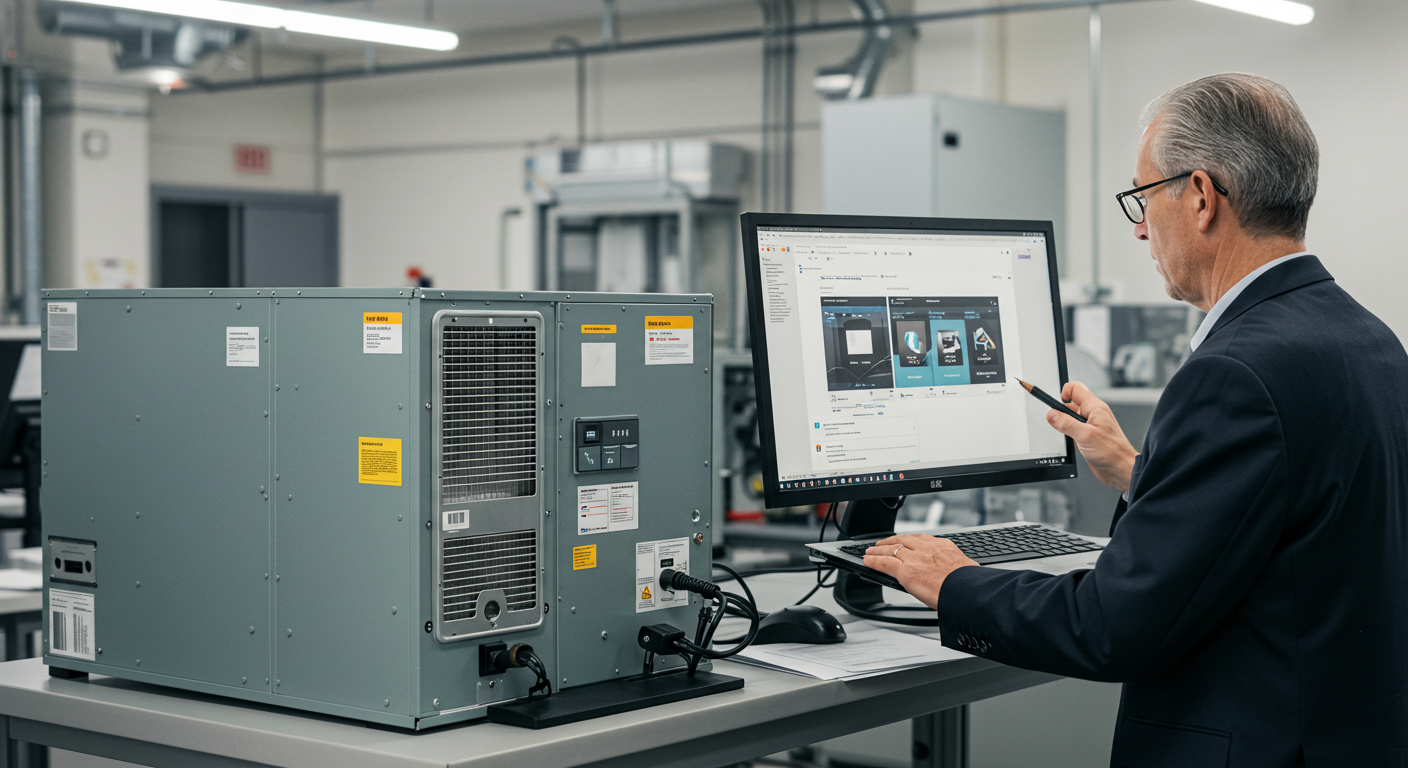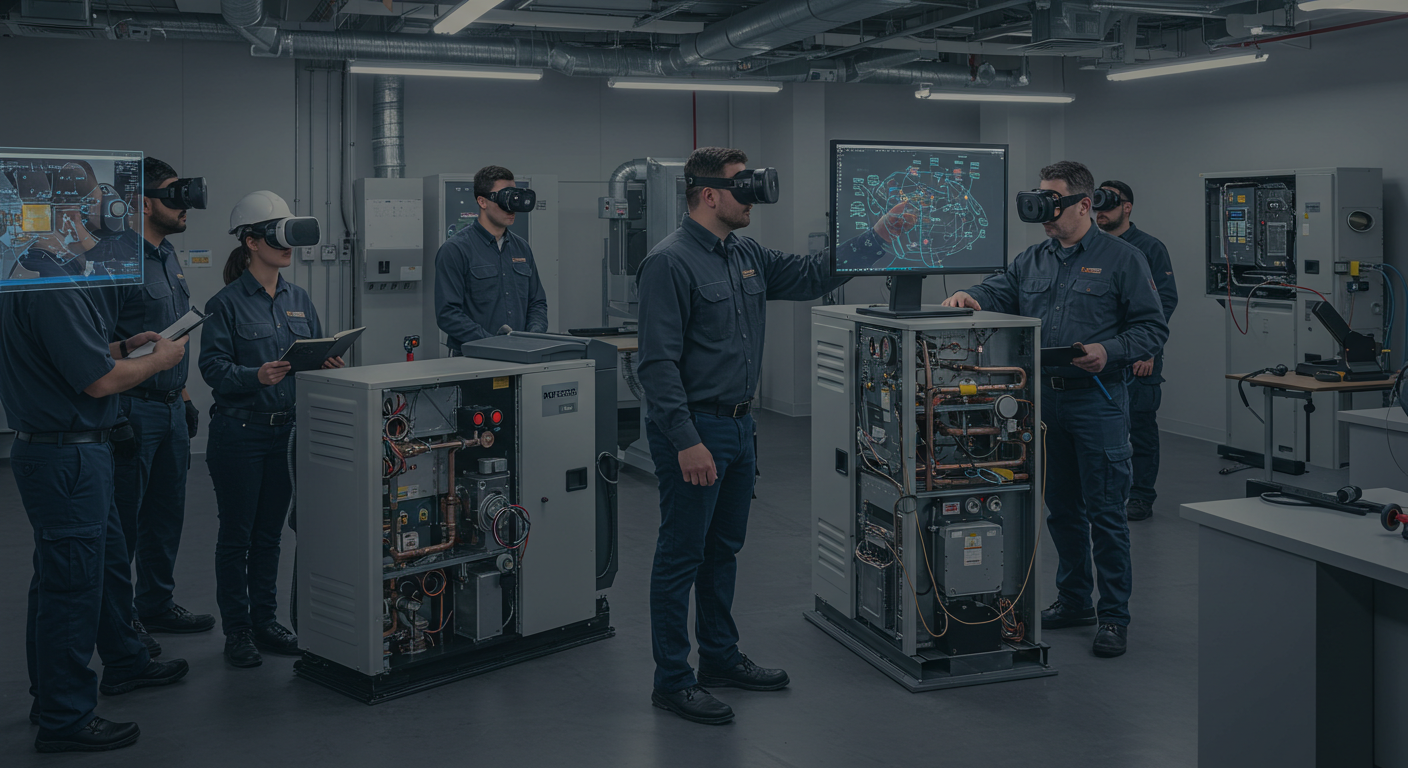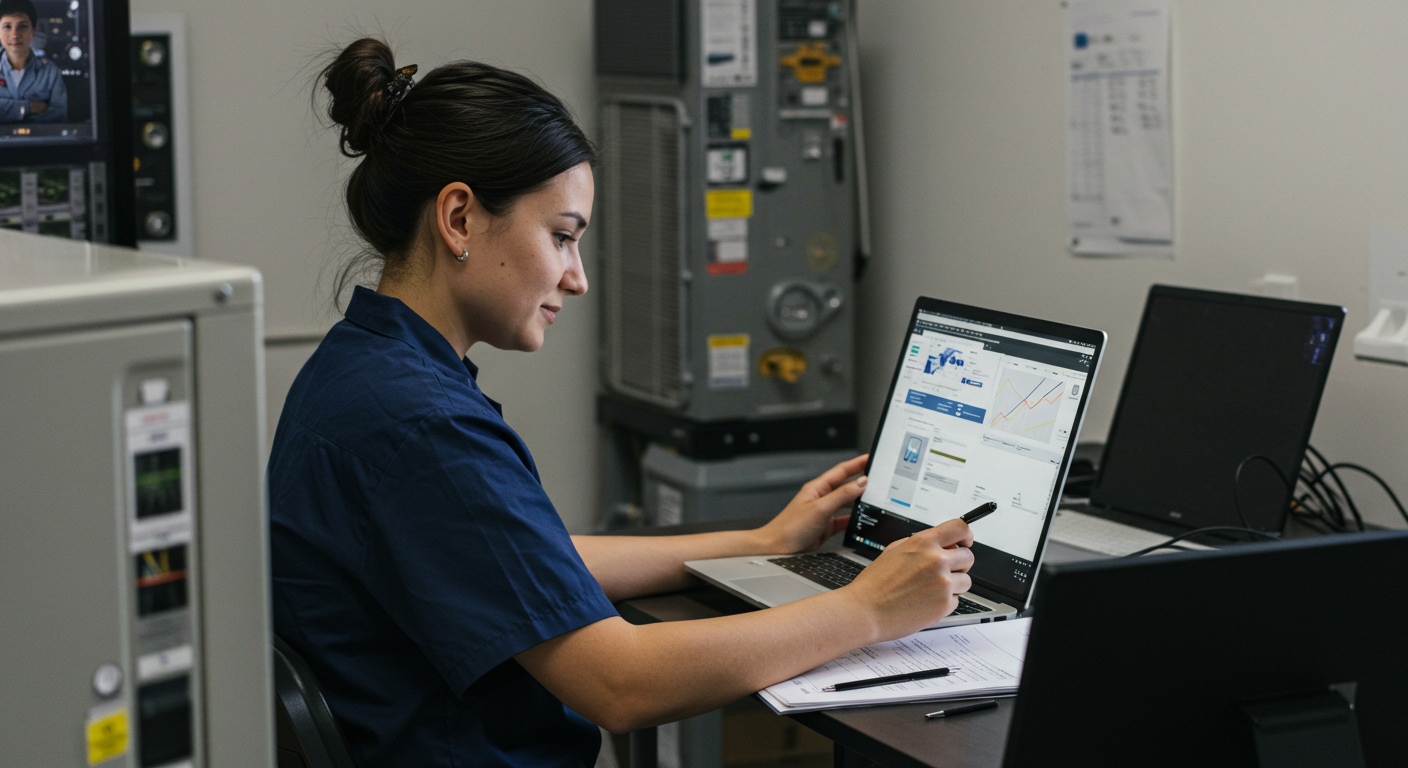Safety Innovations Contractors Must Watch in 2025
As the HVAC industry continues to evolve, so do the safety challenges that contractors face on job sites. With electrical hazards being a leading cause of fatalities in HVAC installations, innovative safety solutions are more critical than ever. This post will explore the latest safety innovations that contractors must watch to ensure the safety of their teams and compliance with new regulations.
Smart Diagnostic Tools and Advanced Equipment
One of the most significant advancements in contractor safety technology is the development of smart diagnostic tools and advanced equipment. Companies like Ruud are leading the way with products such as their EcoNet Series. These tools automate fault detection and diagnostics, reducing the time technicians are exposed to live circuits and improving overall installation safety. By providing advanced monitoring and system oversight, they help mitigate electrical and environmental hazards, making them essential for modern jobsite safety solutions.
EPA Regulations and Low-GWP Technologies
With new EPA regulations for 2025 mandating a maximum refrigerant Global Warming Potential (GWP) of 700, the HVAC industry must rapidly adopt low-GWP technologies. Proper handling of legacy refrigerants is crucial to avoid compliance and safety risks. This shift not only aligns with environmental goals but also places importance on safety management software for contractors to ensure adherence to these new standards.
Essential Personal Protective Equipment (PPE)
In the realm of construction hazard prevention tech, PPE remains non-negotiable. Contractors must ensure their teams are equipped with gloves, safety glasses, insulated pads, steel-toed boots, respirators, and hearing protection. These smart PPE for contractors are vital in preventing accidents on job sites and are a cornerstone of any effective safety protocol.
Energy Isolation and Circuit Verification
Energy isolation, which involves de-energizing HVAC systems before work, combined with circuit verification, is critical to preventing electrical accidents. These practices, inspired by High Reliability Organization (HRO) principles, prioritize safety by focusing on potential failures and avoiding simplification of safety procedures. This approach is vital for reducing incident rates in high-risk environments.
Conclusion
Safety innovations are transforming how contractors approach job site safety. By embracing technology such as smart diagnostic tools, complying with new EPA regulations, and prioritizing proper PPE, contractors can significantly enhance safety outcomes. Continuous safety training and adherence to updated protocols will ensure your team is equipped to handle the evolving challenges of the HVAC industry.
Take action today by integrating these safety innovations into your workflow and ensure your team’s safety remains a top priority.
FAQ: Safety Innovations in Construction
What are the latest construction safety innovations? Recent innovations include smart diagnostic tools, advanced equipment, and PPE that enhance safety and compliance.
How do new EPA regulations affect HVAC safety? The 2025 EPA regulations require a lower GWP for refrigerants, prompting the adoption of safer, low-GWP technologies.
What role does PPE play in contractor safety? PPE is crucial in preventing accidents and includes essential gear like gloves, safety glasses, and respirators.
Why is energy isolation important in HVAC work? Energy isolation prevents electrical accidents by ensuring systems are de-energized before maintenance or installation work begins.
How can contractors stay updated on safety trends? Continuous safety training and compliance with evolving regulations are key to staying informed about the latest safety trends.







